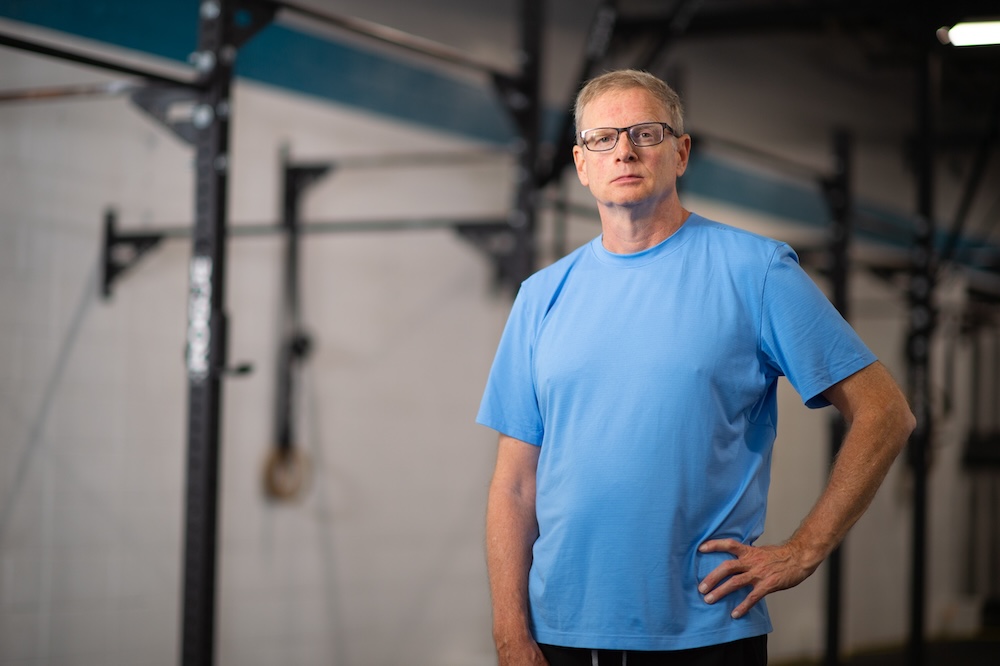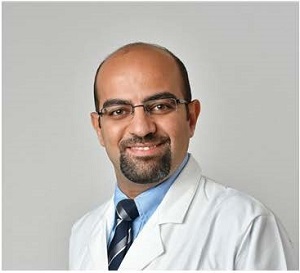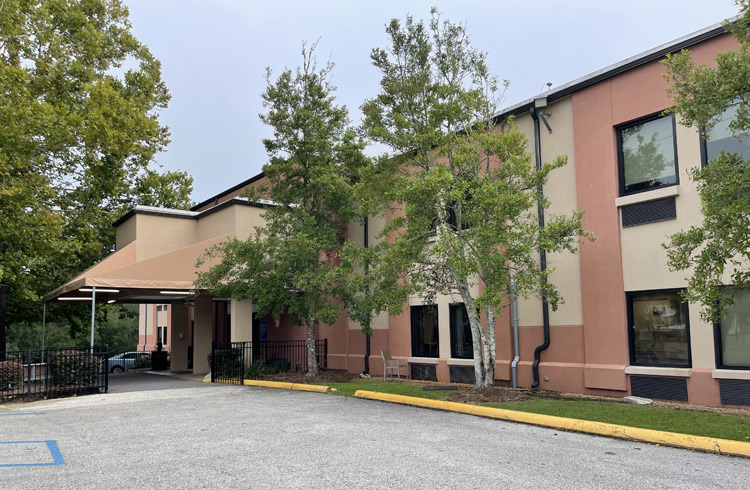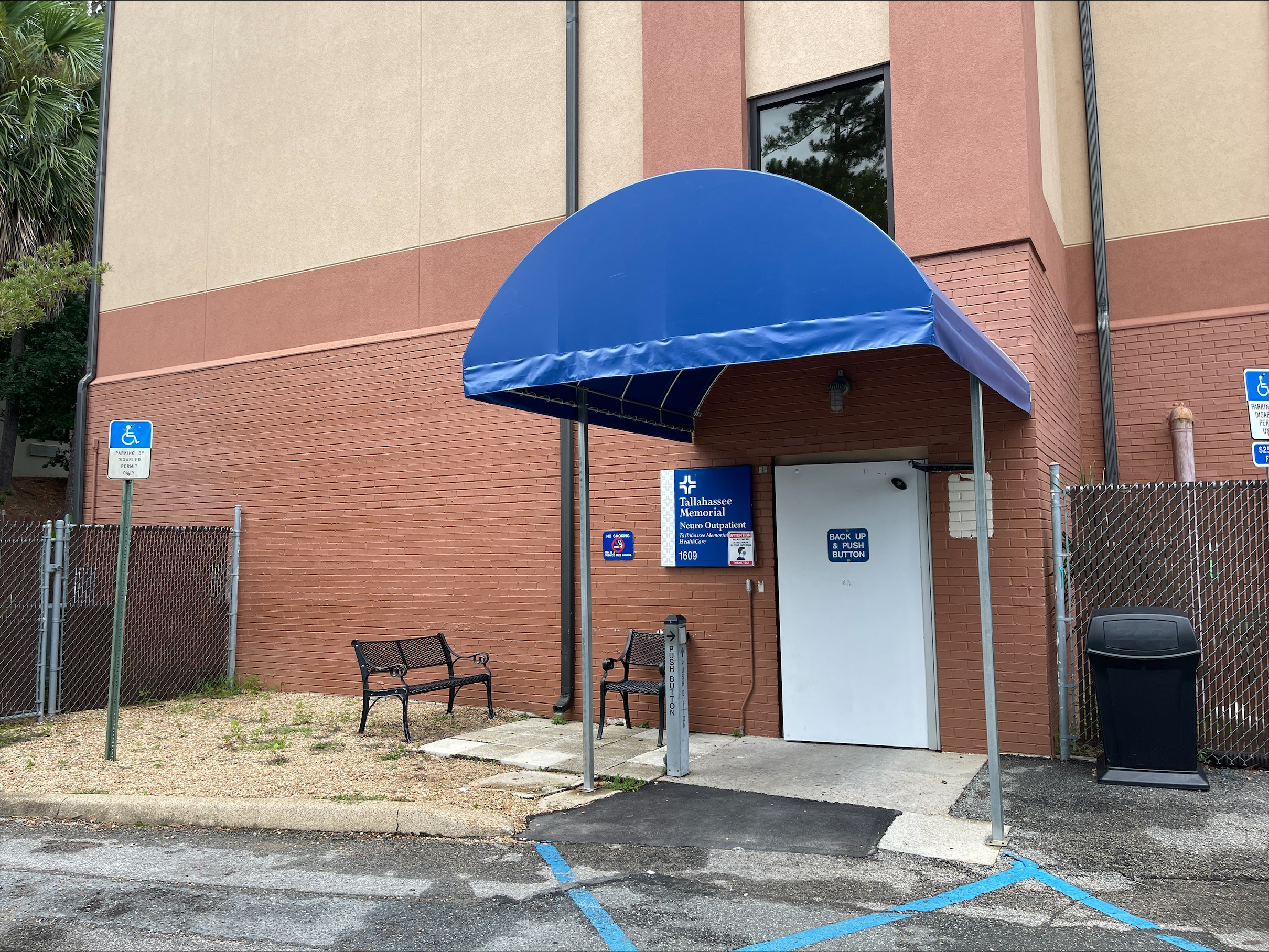Tim Returns to CrossFit After Stroke
TMH Offers the Region’s Most Advanced Stroke, Rehabilitation Care
If you know much about CrossFit, setting a personal record is an exciting benchmark.
In February of 2023, 54-year-old Tim Taylor set a personal record for his “clean and jerk” in weightlifting during a Thursday evening class at CrossFit Convergence. With his wife Jennie as his coach, the athlete was thrilled about hitting this “PR.”
However, the celebration was cut short when the very next day, the unthinkable happened, and Tim found himself at Tallahassee Memorial HealthCare (TMH) facing a life-threatening condition.
Early that Friday morning around 5 am, Tim woke up to use the restroom. He could tell something didn’t feel right. It was a feeling he’d never experienced before. He tried to stand in the bathroom, and the next thing he knew, he was on the floor, unable to get up.
“I couldn’t move the entire right side of my body – my leg, my arm, nothing,” Tim said. “My wife heard me fall, or trying to get up, and asked if I was all right. I couldn’t even talk or say the words I was trying to say.”
When Time is Everything
Tim and Jennie realized that he may be suffering from a stroke. She quickly called 9-1-1 and paramedics transported Tim to TMH’s Bixler Trauma & Emergency Center within a matter of minutes. There, after testing, Tim’s care team confirmed he had suffered an ischemic stroke.
An ischemic stroke occurs when blood flow to the brain is blocked by a clot, plaque or other debris. The lack of blood flow causes brain cells and tissue to die, often affecting abilities controlled by that area of the brain. This type of stroke accounts for about 80-90% of strokes in the United States.
The primary treatment for an ischemic stroke is to administer tissue plasminogen activator (tPA) medication. This medicine must be injected into a vein in the arm within a 4.5-hour window following the onset of stroke symptoms to break up the clot that’s blocking blood flow to the brain.
After receiving tPA treatment, Tim spent the next three days at the region’s only neurovascular intensive care unit (ICU), the Vogter Neuro and Trauma ICU at TMH.
For Tim, much of his time and treatment in the hospital was a blur, but he does remember the urgency his doctors and nurses were acting with when he was admitted.
“I remember being in the ICU and the nurses coming in every hour or more to do an evaluation – it was very constant care,” Tim said. “I don’t remember everything, but I remember my family being there and talking to the doctors and nurses. After a few days, I couldn’t get on my feet yet, but my body was starting to stabilize.”
Mena Samaan, MD, an interventional and vascular neurologist at TMH, credits Tim’s survival and recovery to the care that was quickly sought.
“If we’re talking about a blocked vessel, there’s a time window for giving a patient clot-buster medication, such as tPA, and the sooner it’s given the better,” Dr. Samaan said. “Patients suffering from an ischemic stroke lose millions of neurons every second due to the blocked blood vessel. The chances of survival, making a full recovery and time spent in rehabilitation are much more optimal if you call 9-1-1 and are evaluated immediately.”
Seeking quick treatment is so important during a stroke that the medical community has termed an acronym to give the public guidance on what symptoms and warning signs to look out for during a stroke – BE FAST.
Balance – Experiencing a sudden loss of balance or coordination.
Eyes – Sudden vision issues, such as blurred vision, double vision or even a loss of vision.
Face Drooping – Drooping or numbness of the face.
Arms – Weakness or numbness in your arms, or on one side of your body, including your legs.
Speech – Slurred speech, inability to speak or unintelligible speech.
Time – Time is brain. A stroke is an attack on the brain, and every second matters. If you or someone you are with is experiencing these symptoms, call 9-1-1.
Tim Puts His Trust in TMH Rehab
While Tim was no longer facing a life-threatening scenario at the hospital, his stroke left severe weakness on the right side of his body. He was facing a long road to recovery and would need weeks of inpatient physical therapy at the Tallahassee Memorial Rehabilitation Center (TMRC).
At this point, nothing about Tim’s recovery was for certain.
“My life changed in an instant, and I didn’t understand what the challenges would be when I went to rehabilitation,” he said. “There was a lot of uncertainty, and I was scared. I think the first sign of hope after my stroke was when one of my physical therapists, Jim, visited me in my room for my initial evaluation. He said, ‘You’re going to walk out of here,’ and that was one of the first signs that things will get better. So, I got to work.”
Things did get better for Tim.
At TMRC, he received physical, occupational and speech therapy, and began to regain coordination in the right side of his body. His physical therapy focused on building strength back in his leg, and his occupational therapy largely focused on his ability to use his right arm, ensuring he could move his shoulder, build muscle and start to use his hand again.
Tim took every opportunity to receive physical and occupational therapy. Sometimes, if he could work it into their schedule, he had multiple therapy sessions in a day.
After about a month, Tim walked out of TMRC, just like his therapists said he would.
“I look back on it now and my time in inpatient rehabilitation was key to getting me back to where I am today, as well as getting me ready for additional therapy,” Tim said.
Following his inpatient physical therapy, Tim continued to receive both physical and occupational therapy three days a week at TMRC’s Outpatient Neurological Rehabilitation.
Getting Back to CrossFit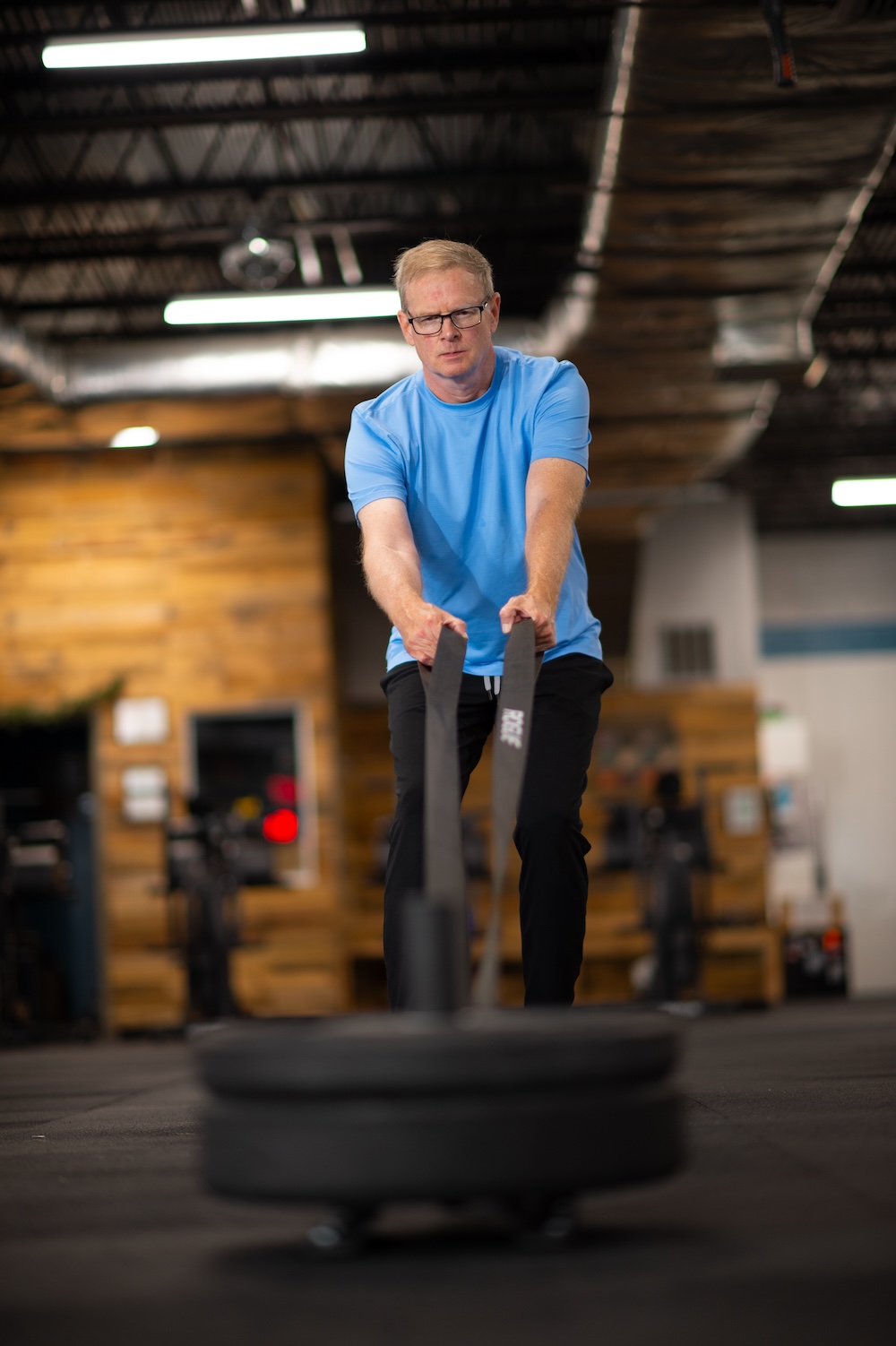
About six months after his stroke, Tim returned to CrossFit Convergence. While his routine was not the same as before, his rehabilitation helped him do things he thought he might never do again.
As Tim gradually assimilated into his fitness routine, CrossFit Convergence owner Jason Lentz wasn’t afraid to push him.
“About six or seven months after Tim’s stroke, we started working one on one, helping him build some more confidence in his movements and his ability to get things done by himself without help,” Jason shared.
“We started off small with gross movement patterns, and we’re starting to get more fine movement patterns. Now he’s developed quite a bit of functionality again. We’re just continuing to move forward making him feel confident and competent in what he’s doing.”
Tim credits his faith, his family, his CrossFit crew, the TMRC team and the hospital staff at TMH with getting him back on his feet. He looks forward to continuing to rebuild his strength so he can get back to setting personal records.
To learn more about our Primary Stroke Center, visit TMH.ORG/Stroke.
